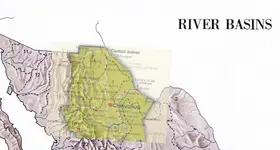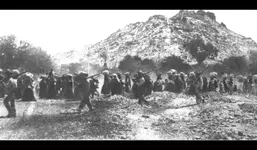Roy,
According to many in the Dutch Hunting Community, I discovered Harry LaFrance's Cave Of Gold Bars on the north side and below Superstition Peak, in 2005. It is said that myself and a small team (six men) removed a fortune of gold bullion from the cave and moved it out of the mountains to a small mine we had purchased for storage. The location of that mine is being kept secret for obvious reasons.
Since then, most of the gold has been sold to anonymous parties, but the records of that sale are being held in a bank vault in Switzerland, along with most of the funds from the sales.
In Apache Junction this is common knowledge and has been for five years now. It is the accepted "history" for the locals, yet it has not been made public knowledge until now. For proof, I can provide pictures of the cave, as well as the gold bars that were removed.
The site has been visited by many treasure hunters and it is well known. In the back of the cave, were stacks of paintings, painted by Ted DeGrazia. There was also a life size, solid gold, statue of a Jesuit priest, which was sold to a private collector.
The Mexican collector who purchased the Jesuit statue, had it authenticated by the well known archaeologist, Felipe R. Solis Olguin. At some point in time, he intends to donate it to the National Anthropology Museum in Mexico City. All of the records of authentication are sealed until the statue is donated to the museum.
The six foot solid gold cross was buried nearby. It came from the Jesuit Mission in the canyon below the cave/mine. I am at work now, but when I get home I will post pictures of mission ruins.
The cave of gold bars was a documented find, and has been mentioned in many books.
All of this information can be confirmed by Dale Provence, who is living somewhere in California on a large gated estate.
Beyond that, I firmly believe the above story is true.
Take care,
Joe













